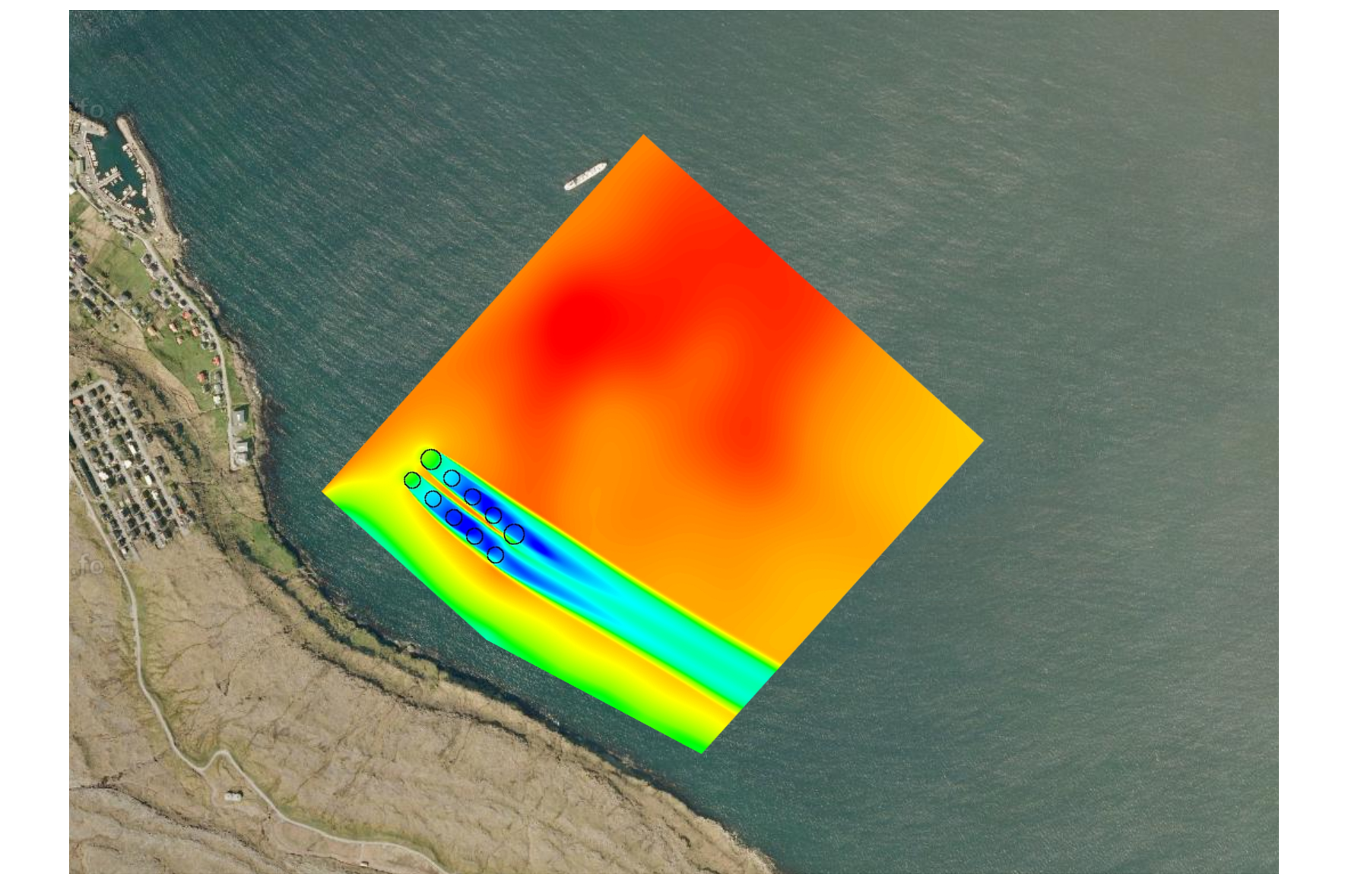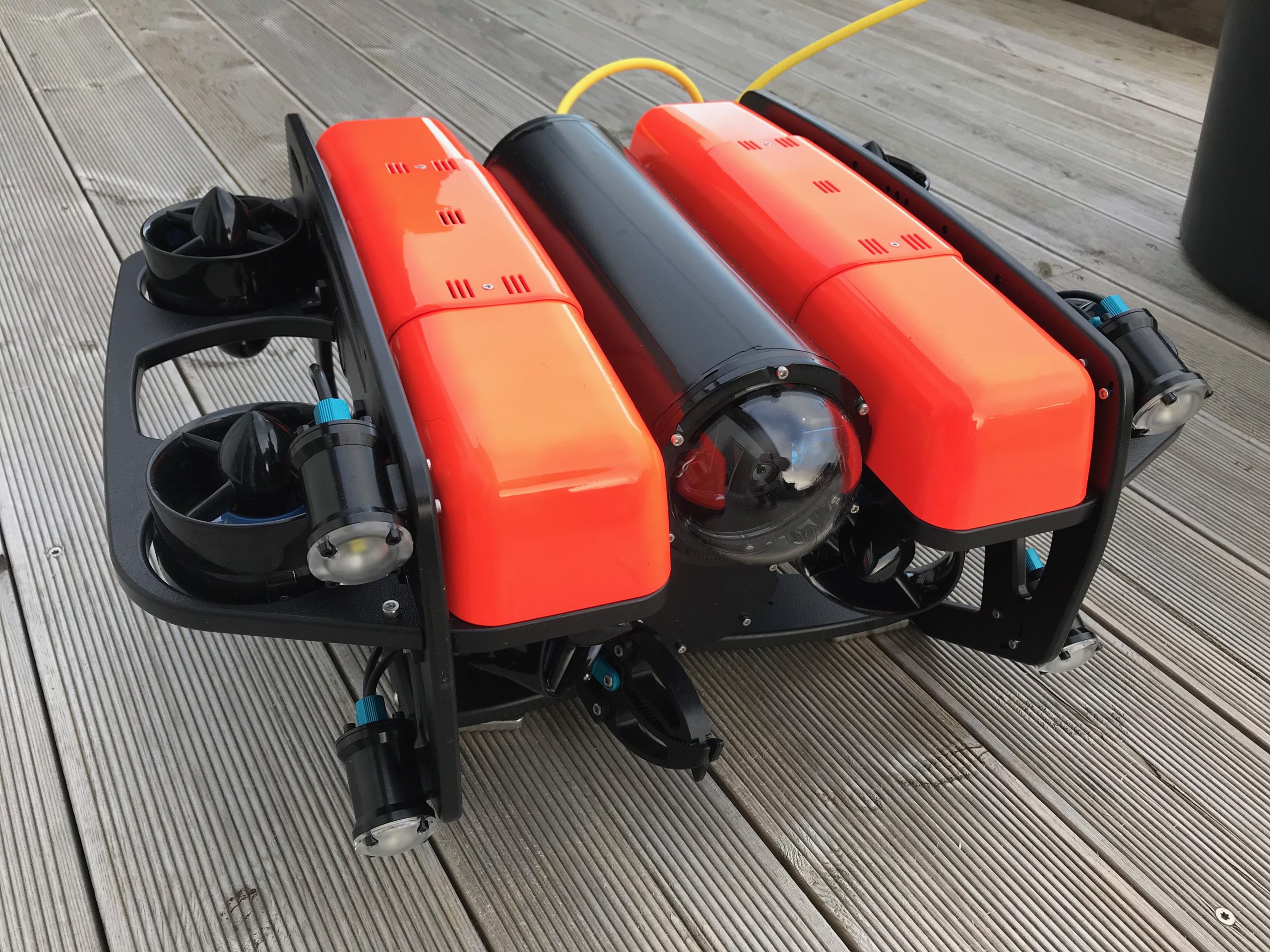Heini Winthereig-Rasmussen from RÁK Ocean Engineering on The Faroe Islands spends his time analysing hydrodynamics, and more specially how the currents affect fish farming sea cages.
What is it you do?
We study and quantify the hydrodynamic forces. In other words, the current and how it influences ocean fish farms. Is the current sufficiently high to remove waste matter and provide enough oxygen for the fish? How does wave and current affect the equipment, are reinforcements required? We find the answers to questions like that.
Why is your work important?
At the moment, all traditional aquaculture farm sites around The Faroe Islands are being utilised, and if we want to increase our fish farming production, we need to look at more exposed locations out in the open water, or in sounds where the current is much stronger.
Normally, fish farmers would prefer locations with currents < 50 cm per second, but we want to engineer solution, which makes them able to farm in currents as high as 1.5 metre per second, which is what you can experience in a few sounds in The Faroe Islands sheltered from waves. We believe that it is easier to adapt solution for high currents than open ocean waves, as currents are more predictable. Our job at RÁK Ocean Engineering is to make physical measurements and computer simulations to aid the aquaculture sector on The Faroe Islands in their effort to expand sustainable aquaculture production.

Heini

Visual inspection of a ADCP deployment. The inspection identified that the ADCP foundation was placed on top of a stone and could be subjected to rocking motion during deployment. The ADCP was hoisted and placed on a more secure seabed.
What does this mean for fish farming at The Faroe Islands?
It would mean that in The Faroe Islands, we could potentially increase salmon production with 10-15%, at a very favourable cost compared to open ocean farming.
When will this be possible?
Right now, we’re making the measurements and getting the data and design in place. Once it works on paper, we need to test it in real life. We will test it physically next winter to get the best stress test possible. We plan for it to be operational in 2023.

Results from a full scale CFD simulation of the flow through a group of ocean farming sea cages of the gravity type, outside of Tórshavn, Faroe Islands. It depicts the velocity deficit in the wake of the sea cages.


